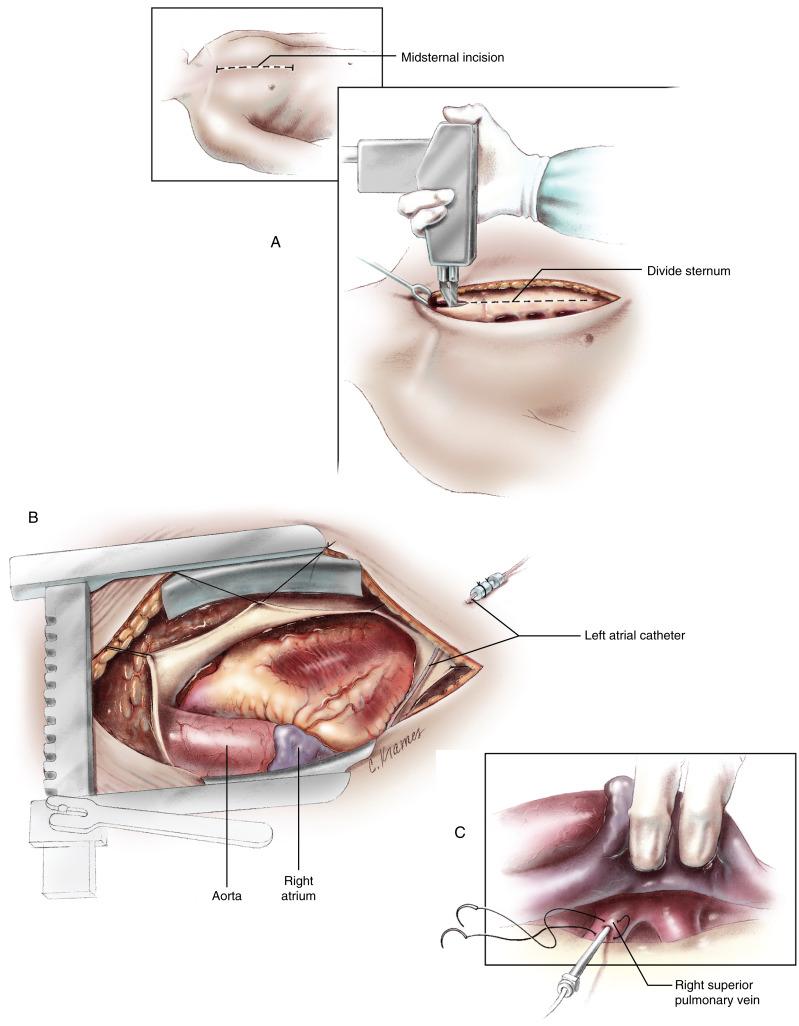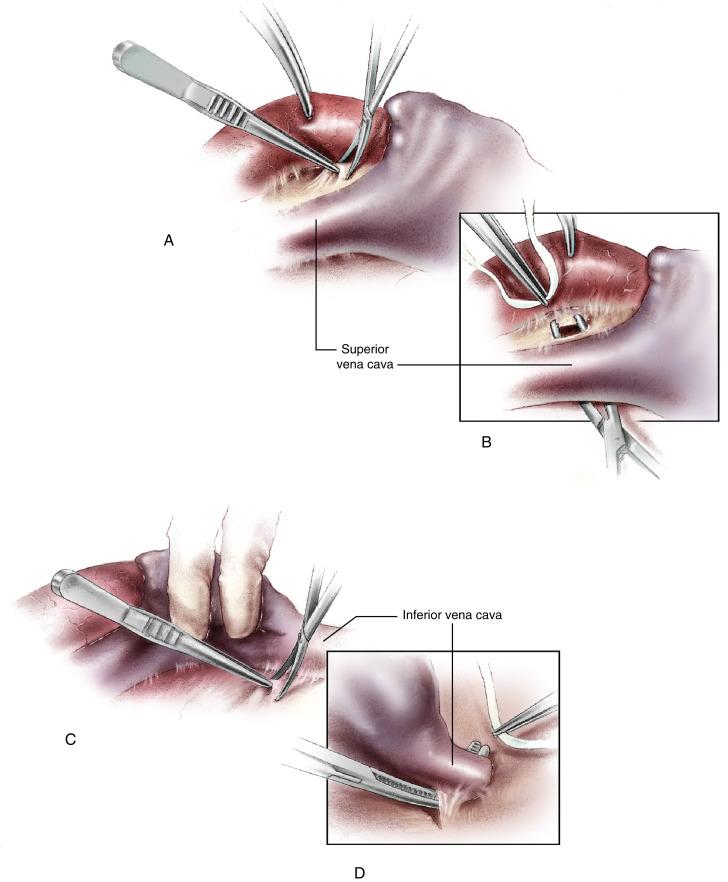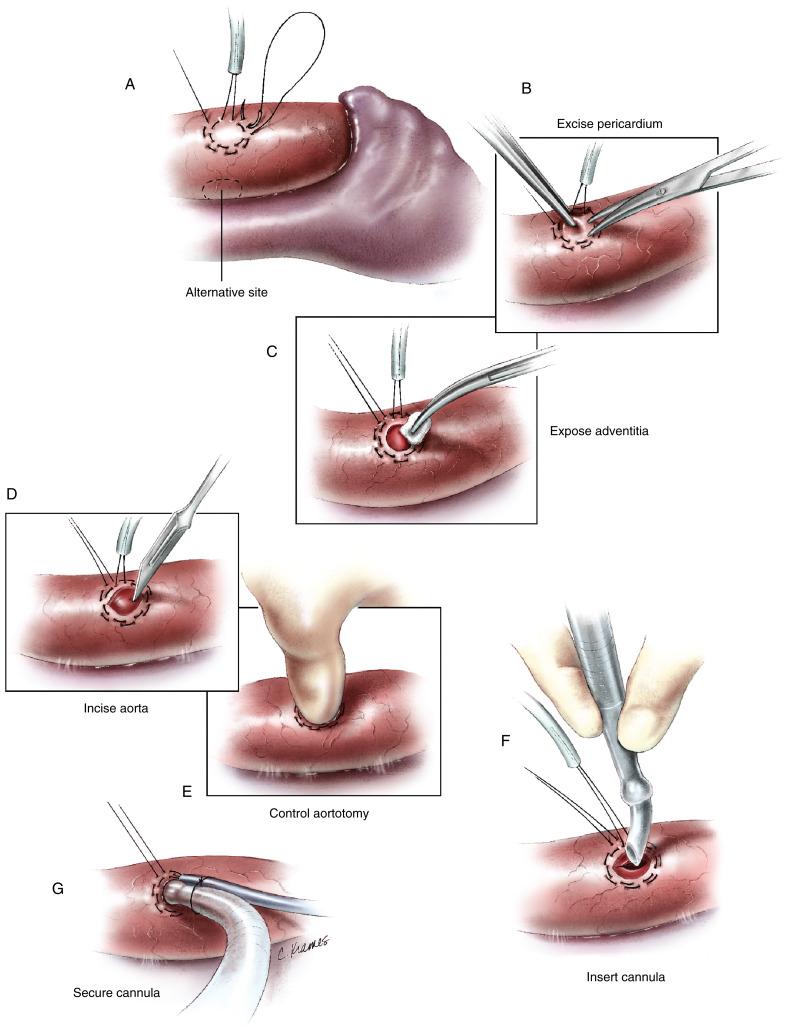Physical Address
304 North Cardinal St.
Dorchester Center, MA 02124
Successful cardiac surgeons know that a standardized routine for cardiac operations is essential. An established routine makes every operation more efficient and, in the case of an emergency, allows one to proceed with speed and accuracy.

For most procedures to address congenital cardiac conditions, and for the surgical correction of some acquired conditions in which access to the right intracardiac structures is required, it is necessary to control the superior and inferior venae cavae with tourniquets, that can be drawn tightly around the venous uptake cannulae.

The aorta is used in most operations for the return of oxygenated blood from the extracorporeal circuit.

Become a Clinical Tree membership for Full access and enjoy Unlimited articles
If you are a member. Log in here